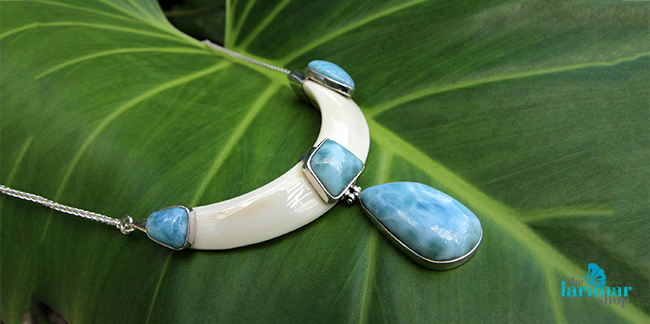In the time of the
colonization of the Americas, the Dutch are said to have introduced the coffee
plant (Coffea Arabica L) between 1726 and 1735 to Surinam and from the French
island of Martinique to the island of Saint Domingue (the island of
Hispaniola), specifically to the west side of the island, that is Haiti and
from there it was introduced in the eastern side of the island, that is now
Dominican Republic.

Since the native
Indians didn’t know coffee and by the time it arrived in the eastern side of
the Hispaniola, few of them were still alive, we assume our coffee habits
started with our Spanish heritage and followed by our African heritage!
Coffee became part
of our Dominican tradition; every day we start with the first cup of coffee
when we wake up, before breakfast, than we have a cup of coffee when we arrive
at work, then we have another cup of coffee when we take a break, another cup
of coffee after we had our midday meal, then we have a cup of coffee later on
in the afternoon and there are those who still have another cup of coffee in
the evening.
The first thing you
will be asked when visiting a Dominican family is “would you like a cup of
coffee?” If you are in the city or in a town, the cup of coffee will be served
pure and you will add the white or brown sugar as per your taste, but if you
are in a rural area, most probably you will be served the coffee already
sweetened!. The Dominican coffee is really dark black, more like a turkish
coffee!
With the cup of
coffee, depending where the cup of coffee has been offered to you, comes a
conversation that will have to do with business, a job application, a family
update, an interesting gossip, politics, sports, etc. If the Dominican coffee
drinker is superstitious, specially she would love to have somebody read her
empty cup of coffee turned upside down so that the drops left in the cup will
form “figures” after being dried on the burner. The specialist in this “art”
will foretell future and the future of the future!!!
Coffee will be the used to keep us awake, you’ll find it in the funeral house as a treat, on the street, oh yes; we have hot coffee vendors on the street!
Within the eco
tourism programs in the Dominican Republic you’ll find the Coffee Routes, which
will bring you in contact with coffee agriculturists of the area, enjoy their
folklore in their natural environment. This will encourage them to
reforestation, to identify themselves with their habitat and activate their
cultural traditions.
Consider including
in your forthcoming visit to the Dominican Republic an eco tour, private or in
group, and have the experience of drinking a cup of authentic Dominican coffee
of the rural area, prepared either in an espresso coffee pot or made the
original way, that is, coffee beans are dried in the sun, roasted and grinded,
this ground coffee is placed in a homemade cloth filter, resembling a small
butterfly net, “colador”, evoking nostalgia for those good old times and
boiling water is then poured in the “colador”, strained or sieved and served in
a typical metal or ceramic cup! This ground coffee is called “cafe de pilón”,
very, very tasty!

